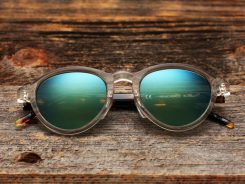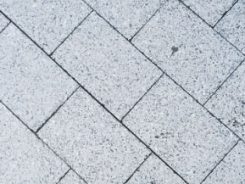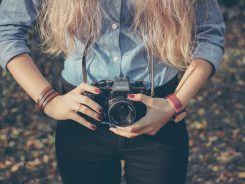Calligraphy and painting were two of the most prized art forms in antediluvian China. Calligraphy was thought to be the highest and purest form of painting. The annals of painting in China dates back to the 2nd century BCE. In the earliest era, painting and writing were made out on silk, until paper was subsequently developed during the 1st century CE.
Chinese art, and in particular, Chinese painting is greatly treasured around the globe. Chinese painting can be retraced to as far back as six thousand years ago in the Neolithic Age when the Chinese have started using brushes in their paintings. Chinese art dates back even sooner than that.
According to subject matter, Chinese paintings can be classified as landscapes, character paintings and flower-and-bird paintings. In traditional Chinese painting, Chinese landscape painting embodies a major category, depicting nature, especially mountains and bodies of water. Landscapes have customarily been the choice of the Chinese because they manifest the poetry characteristic in nature. Accordingly, many esteemed paintings are landscapes.
The most popularly known form of Chinese painting is “Water-ink” painting, where water-ink is the medium. Some of the basic things required for the Chinese painting include: paper, brush, ink or ink stick, ink stone, and color.
- Brush: The Chinese brush is a mandatory tool for Chinese painting. The brush should be sturdy and pliable. Two types of brushes are used. The more delicate brush is created from white sheep hair. This brush should be soaked first, and then dried to prevent curling. The second one is made from fox or deer sable fibers, which are very durable, and is inclined to paint better. The procedure the brush is used depends on the varied features of brush strokes one wants to obtain, such as weight, lightness, gracefulness, ruggedness, firmness, and fullness. Various forms of shades are applied to impart space, texture, or depth.
- Ink Stick: There are three types of Ink Stick: resin soot, lacquer soot, and tung-oil soot. Of the three, tung-oil soot is the most commonly used. Otherwise, Chinese ink is best if ink stick or ink stone are ineffectual.
- Paper: The most generally used paper is Xuan paper, which is fabricated of sandalwood bark. This is exceptionally water retentive, so the color or ink disperses the moment the brush stroke is put down. The second most well-known is Mian paper.
- Color: The most former Chinese paintings used Mo, a type of natural ink, to produce monochromatic representations of nature or day-to-day life. Made of pine soot, mo is combined with water to get unique shades for conveying appropriate layers or color in a painting.
Chinese painting is called shui-mo-hua. Shui-mo is the combination of shui (water) and mo. There are two styles of Chinese painting. They are gong-bi or detailed style, and xie-yi or freehand style. The second is the most common, not only since the objects are depicted with just a few strokes, but likewise because shapes and sprites are drawn by uncomplicated curves and natural ink. Many ancient poets and students used xie-yi paintings to give tongue to their religious anguish.























